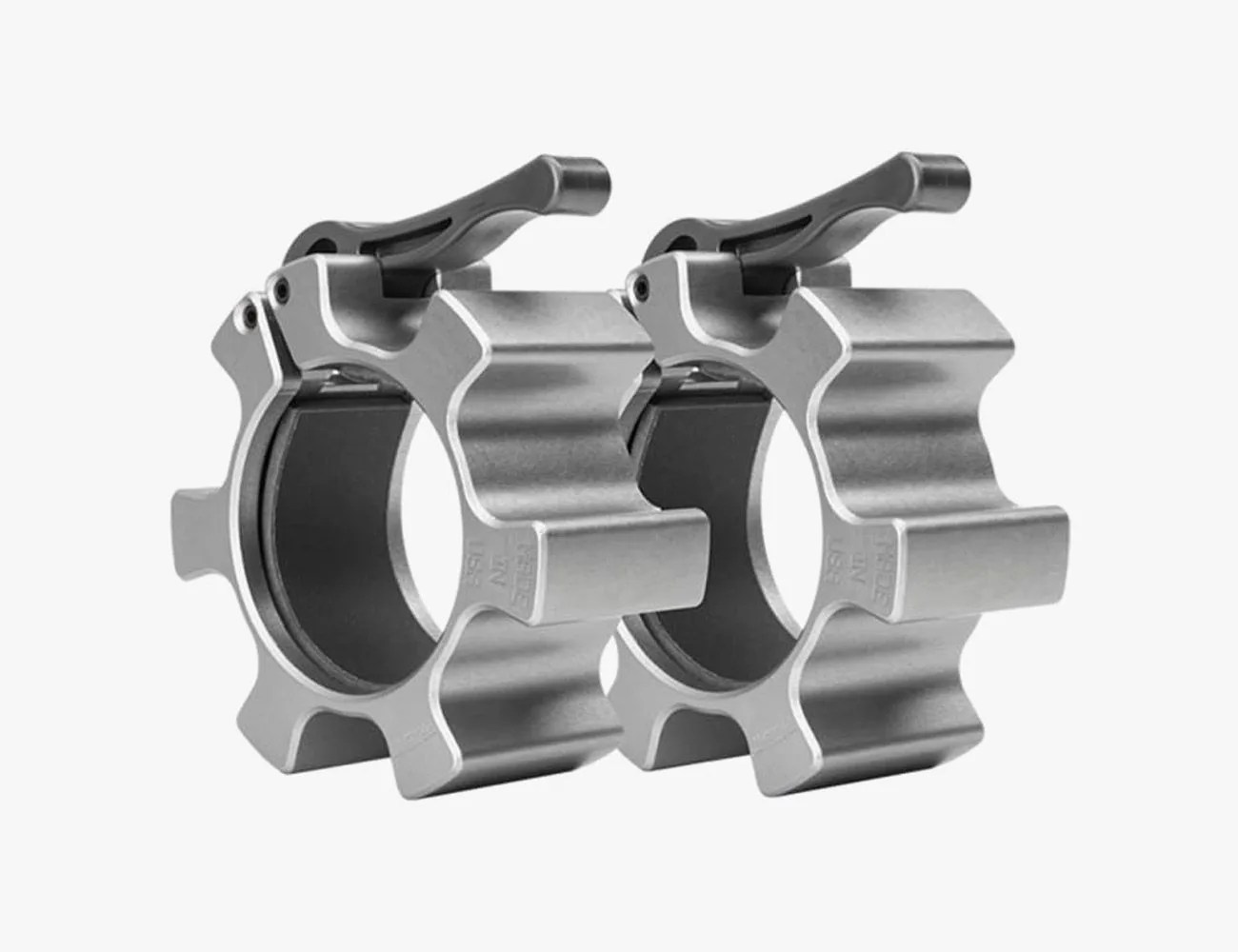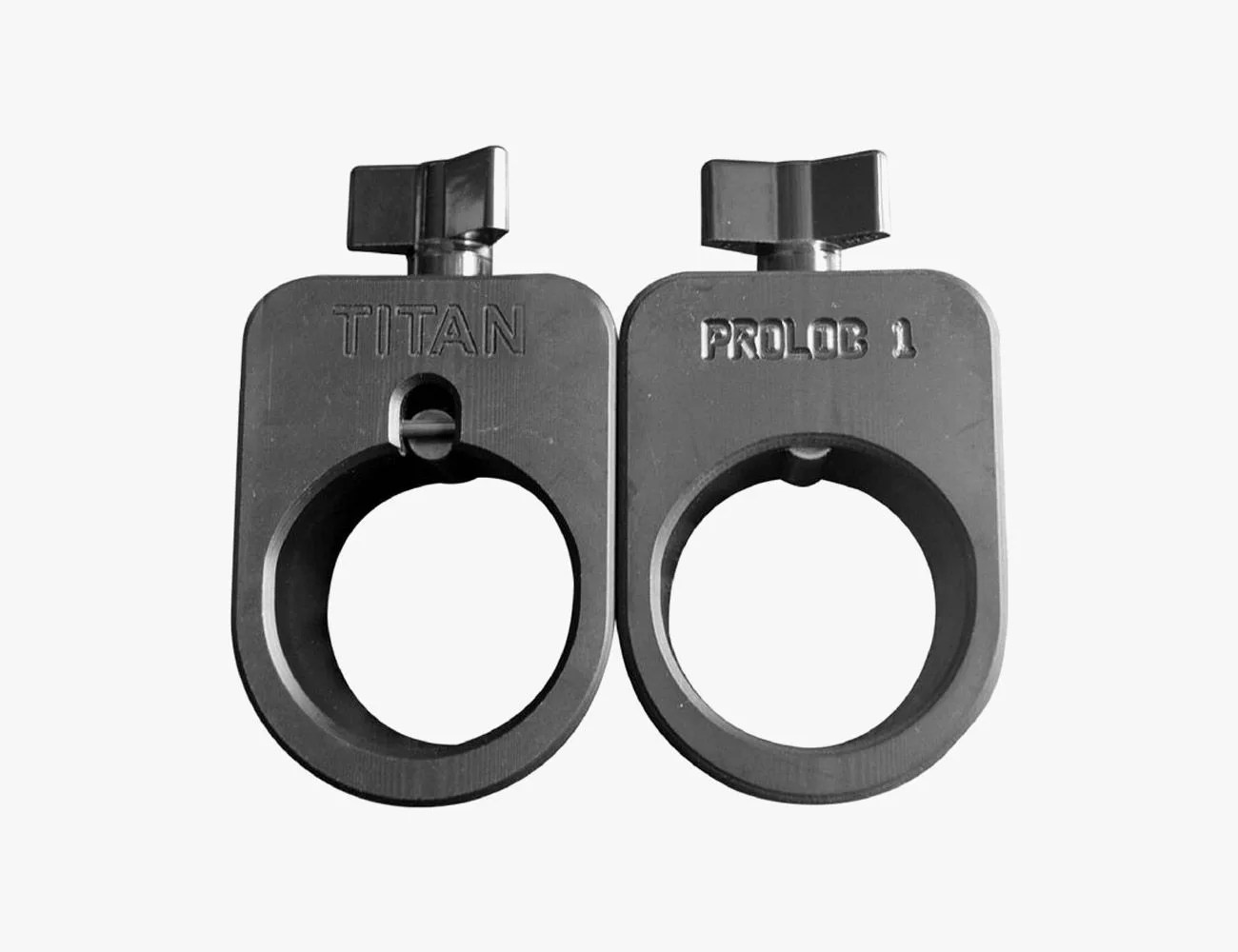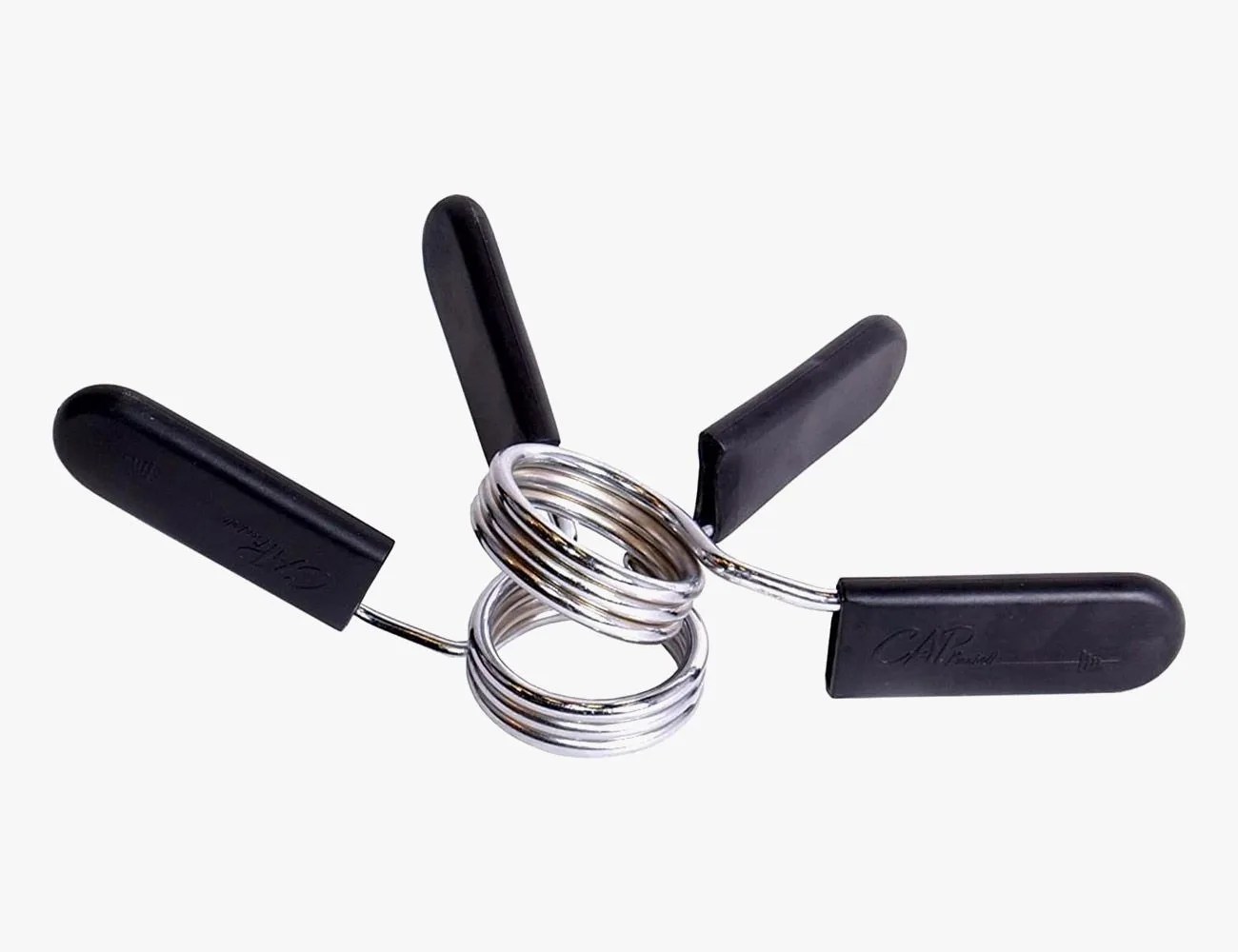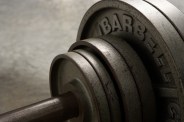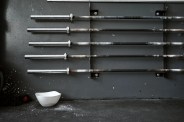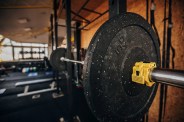When you go to set up your barbell for a heavy lift in training, you run through a bit of a checklist. Plates loaded to the correct total? Check. Safety bars set to the right height on the rack? Check. Playlist tuned to the perfect motivating track? Triple check. Grip, footing and mindset ready for the upcoming set? Check. Check. Check.
While there are plenty of steps that go into any proper free weight workout, if you’re wise to the practice you’ll notice a key omission from that introduction: barbell collars.
Forgetting to add collars or clips to your barbell setup is a process all too common in today’s gym. Whether through negligence, ignorance or laziness, these vital fitness tools are too often left on the floor.
Here’s what they are — and more importantly, why they matter.
What are barbell collars?
Also referred to as barbell clips or clamps, barbell collars are like bookends on a shelf. They act as a lock or stopper to your weight plates when loaded across your typical barbell sleeve.
Barbell collars create friction across this contact point between the collar itself and the loading sleeve, keeping the round plates from sliding and jostling during exercises.

